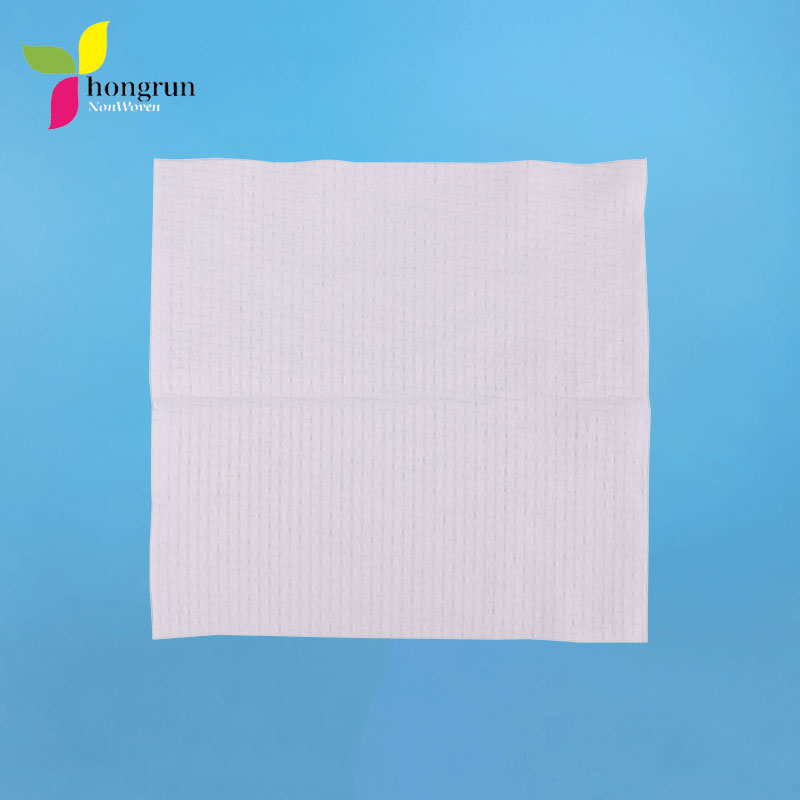HONGRUN
We are a factory and trading company of depilatory wax strip paper and other non-woven fabric products, professional in producing for more than 5 years.
Spunlace non-woven fabric is to spray high-pressure fine water flow onto one or more layers of fiber webs, so that the fibers are entangled with each other, so that the fiber web can be reinforced and have a certain strength. Today, the editor will lead you to have a deeper understanding of the advantages, specific applications and raw materials of spunlace non-woven fabrics!
Advantages of Spunlace Nonwovens
The spunlace non-woven fabric has excellent drapability and extremely soft hand feel, and is fluffy, breathable, strong, hygroscopic, not easy to fluff, and does not contain chemical adhesives. Due to the above advantages, it is also widely used in the fields of sanitary materials, household products, synthetic leather base cloth, filter materials, building reinforcement and leak-proof materials.

Specific applications of spunlace non-woven fabrics
1. Medical hygiene products: This is the main application field of spunlace non-woven fabrics, which are roughly divided into surgical supplies and medical supplies, specifically: wound dressings, surgical cover cloths, bandages, surgical caps, surgical masks, surgical shoes cover, surgical pad, etc.
2. Household necessities: The wiping cloth made of spunlace non-woven fabric does not damage the surface of the object and leaves no lint, and can be used to wipe precision instruments, camera lenses, glass products, handicrafts, etc.
3. Clothing and decorative fabrics: Spunlace non-woven fabrics can be used as tablecloths, curtain fabrics, car interiors, bedspreads, etc. after finishing or printing.
Raw material of spunlace non-woven fabric
1. Cellulose fiber: This kind of fiber has good hygroscopicity, soft hand feeling, and natural biodegradation to human allergic reaction, so it is very suitable for medical and sanitary materials.
2. Synthetic fibers: polyester, nylon, these fibers have high strength and good elasticity, and are often used to provide strength and elongation for spunlace non-woven fabrics, such as synthetic leather base fabrics, clothing linings, and various covering materials.
3. Special fibers: wood pulp fiber, microfiber, glass fiber, etc. Wood pulp fiber is a new raw material developed in spunlace non-woven fabrics in recent years. Its high hygroscopicity makes it mix with other fibers, thus opening up a new field of application of spunlace non-woven fabrics; microfibers and water Combining the spunlace technology, the conventional carding and laying processes are used to form a net of the split fibers, and then the high-pressure water flow during spunlace is used to impact the fibers to crack the fibers, thereby forming a spunlace cloth.
Copyright © 2019 Hangzhou Hongrun nonwovens Co., Ltd. | All Rights Reserved Technical Support:HWAQ Wholesale Depilatory Wax Strips Paper Suppliers